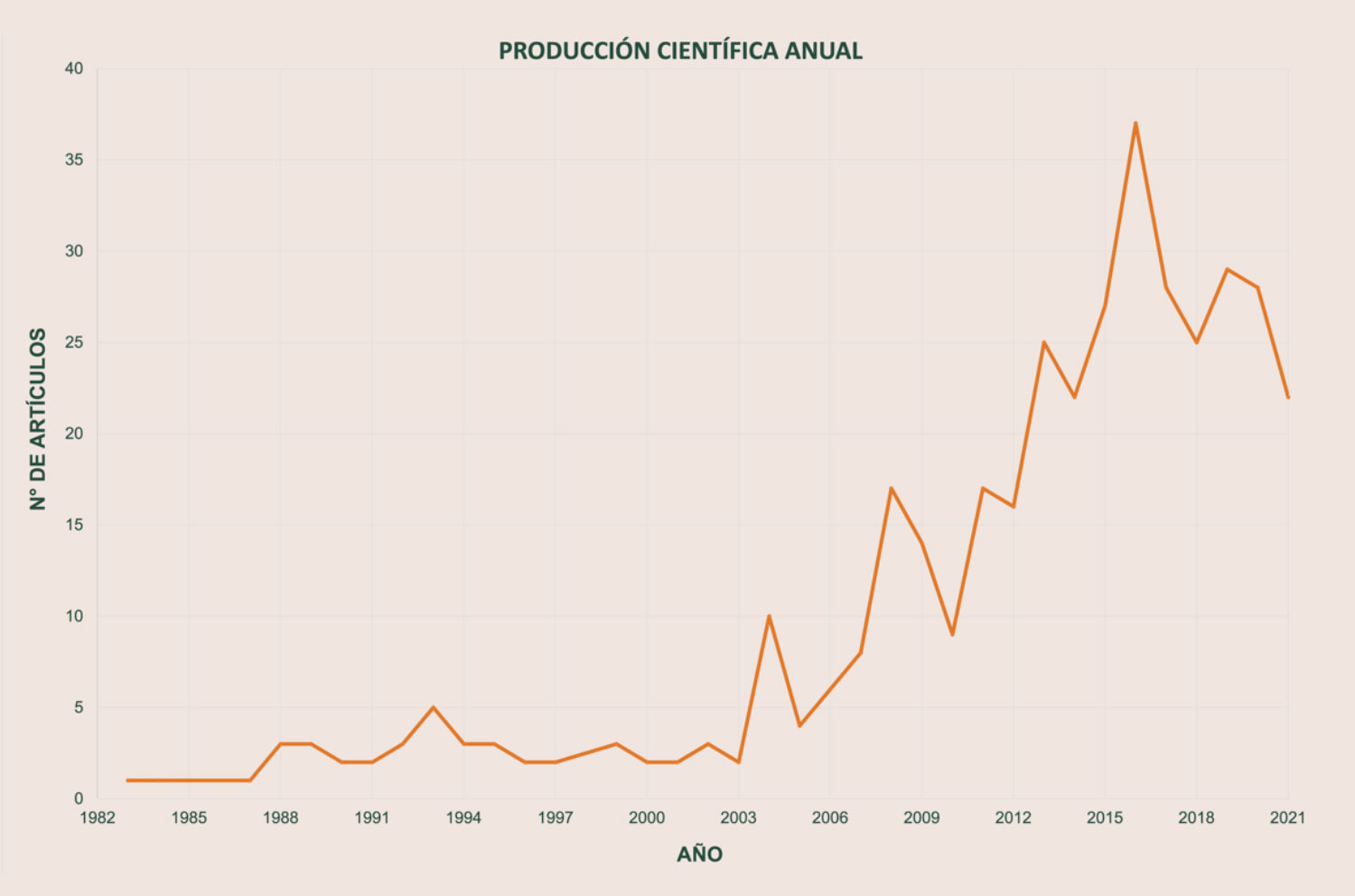In this geological context, different phenomena take place, among them the formation of mountains (orogenesis),
volcanic activity
(from the generation of magmas at depth to eruptions at the surface), rock slides and alluvium (alluvium).
(
landslides
mass), earthquakes (fault tectonism and seismicity), and occurrence of hot springs and geysers (anomalous heat flow). Several of these phenomena are related to the activity of the Liquiñe-Ofqui Fault System which is more than 1,200 km long, and which is present from the Callaqui volcano in its north to the Aysén fjord, which episodically presents seismic activity. This fault system is spatially and genetically related to a chain of volcanoes that make up the so-called Southern Volcanic Zone, in which the Villarrica, Chaitén, Llaima, Cordón Caulle and Calbuco volcanoes stand out.


This mountainous area is also one of the most inhabited, so the study of geological evolution and its applications for geological risk assessment (earthquakes, volcanic (earthquakes, volcanic eruptions, landslides and seismic activity) and its possible productive possible productive uses (geothermal energy, tourism, agriculture, livestock and forestry) has a direct social impact on the inhabitants of this natural laboratory. Research in the area of earth sciences is fundamental for the knowledge and conservation of the natural heritage of this natural heritage of this territory, where 19 protected areas (National Parks and Reserves) are located, together with two Biosphere Reserves and a Global Geopark that have been recognized by UNESCO.
Lines of research
Volcanology and volcanic hazard:
Tectonics and seismic hazard:
Geothermal and hydrothermal systems:
Mass removal processes:
Geological Heritage:
Mineralogy and Petrology:
Paleontology and Sedimentology:
What is the scientific production of theEvolution and Geological Inheritance Laboratory ?
Between 1982 and 2021, the thematic laboratory has registered 387 scientific publications indexed in Web of Science, Scopus and SciELO. The scientific production of this Thematic Laboratory increases since 2004, reaching the highest number of articles published in 2016.
Who has done research in the Evolution and Geological Inheritance Laboratory?
A total of 1089 researchers have published their scientific research developed in this Thematic Laboratory. The graph shows the main authorships and co-authorships with at least 11 articles indexed in Web of Science, Scopus and SciELO.


